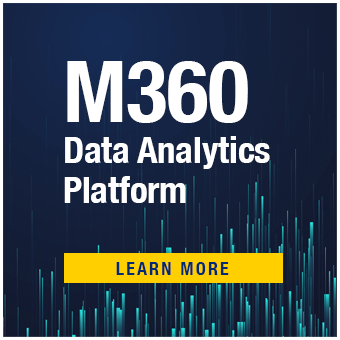The following is an article written by Trellance’s Data Services Delivery Director, Merrill Albert. The article originally appeared on CUInsight.com.
One of the benefits of a more data-driven society is the opportunity to reduce the biases that unconsciously creep into human decision-making. No one wants to think they are biased in their work, but today, we are much more conscious of how “unconscious bias” has the power to shape outcomes. As part of this awareness, financial institutions are engaged in the ongoing work of making fairer and more inclusive decisions.
We look to data to provide neutral and objective guidance. But, is it possible that your credit union’s data actually contains hidden bias? All fair-minded credit unions should seek to find out.
How Ethical and Accurate is Your Credit Union’s Data and Analytics?
It wasn’t long ago that simply being a certain race or gender made it more difficult to get a loan. Institutions now have more controls in place to prevent that from happening – but, there will always be more work to do. In the quest to increase fairness, it’s important to pay critical attention to your data and analytics, which have an increasingly powerful role in processes and decisions.
Despite a credit union’s best intentions, it’s possible for data to be created in a way that unintentionally includes bias. This means any analytics generated from it will contain that bias, too.
If you aren’t sure if this could be an issue, try asking these questions:
- Was some of our decisioning data created in the past when we were more subjective than we are now?
- Are there subjective components in our criteria that allow an approval to be denied for an unquantifiable reason?
- Are we using a complete data set to make decisions? For example, even seemingly minor missing data elements (like zip code, for example) can prevent the use of a full data set, and potentially skew the picture.
Managed correctly, data can be a more objective tool that advances credit unions toward parity. But, the flip side of the coin is that flawed data can perpetuate or even exacerbate existing biases. This is why it’s so important to identify and address potential defects.
How Much Do You Know About Your Data?
Good data management is the foundation of accurate, astute data science and analysis. It begins with knowing where the data came from and how it was collected. Without trust in the underlying data, the resulting analytics can’t be acted on with confidence.
To assess data through the lens of integrity, here are important factors to understand:
- Has your data has been governed? Data governance is key to an ethical data and analytics program. You should always know where the data came from, who created it, why it was created, and how it was used.
- Is there an understanding of how data elements are defined? It’s easy to assume there’s understanding of a term, when in fact, there may be discrepancies in the definition. At the basic level, take, for example, the word “member.” Is a member defined by having a certain minimum balance? By having accounts beyond a loan? Does being the joint owner of an account make someone a member? These distinctions can make a difference in how segments are selected and defined.
- Is an absence of data affecting the picture? Is it possible that certain populations or groups were excluded, simply by the absence of information? If you’re monitoring diversity and inclusion, be aware that people can be uncomfortable with questions about gender or race, and as a result, fail to answer these questions during data collection.
- Are there restrictions on the use of the data? If member data was acquired from an external vendor, there might be restrictions on its use. For instance, some do not allow their data to be shared with an external organization or combined with other data. Keep in mind that though you possess the data, it may not automatically be available to be analyzed.
Data, and the intelligence it provides, is a powerful and transformative tool. That is why we all have a responsibility to be mindful caretakers. The reality of bias is that even when it’s accidental or unrecognized – the unfortunate outcomes are still the same. Becoming aware that unintentional data bias is both possible and likely means your credit union can take constructive steps to eliminate bias and prevent its return.










